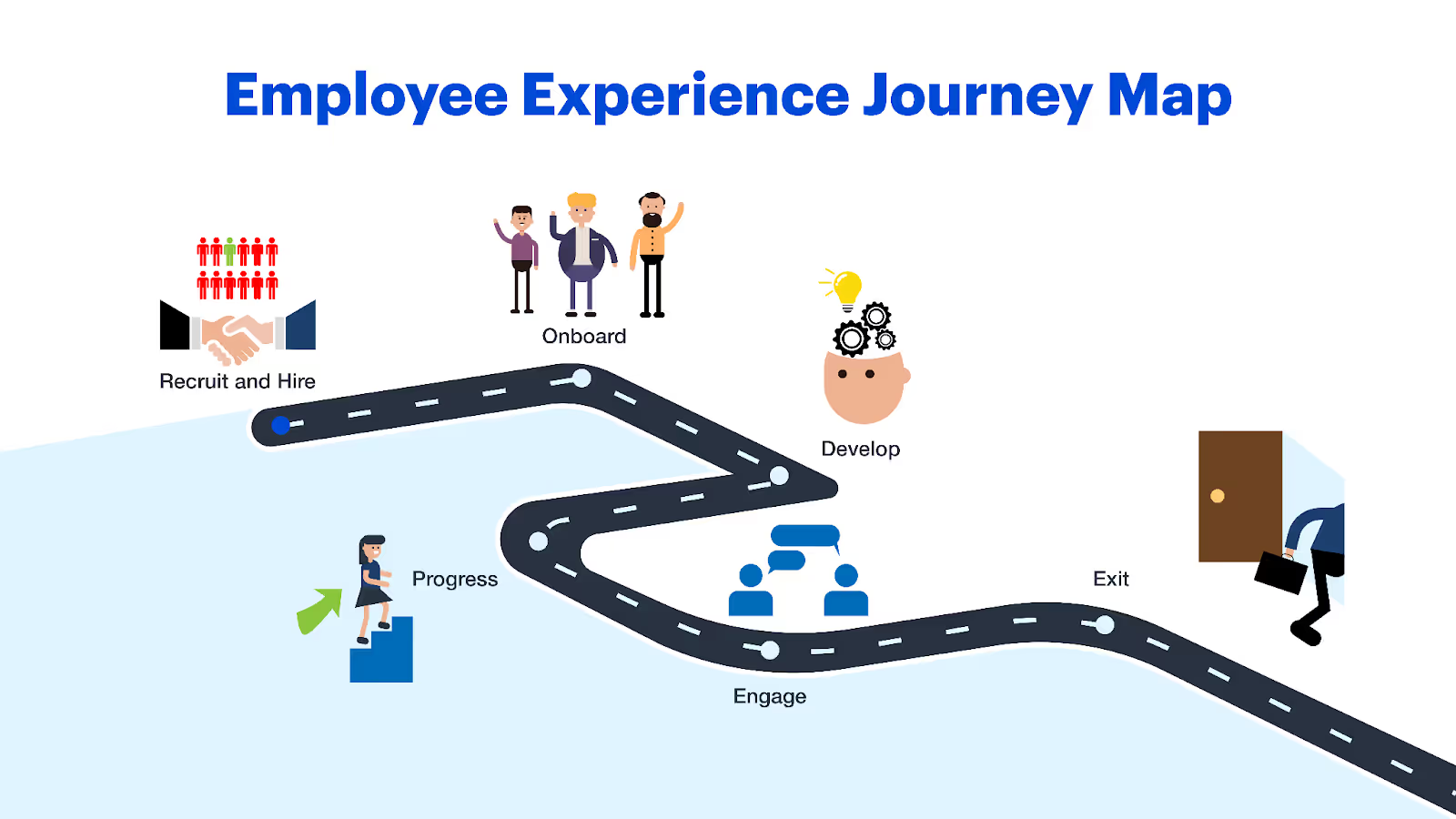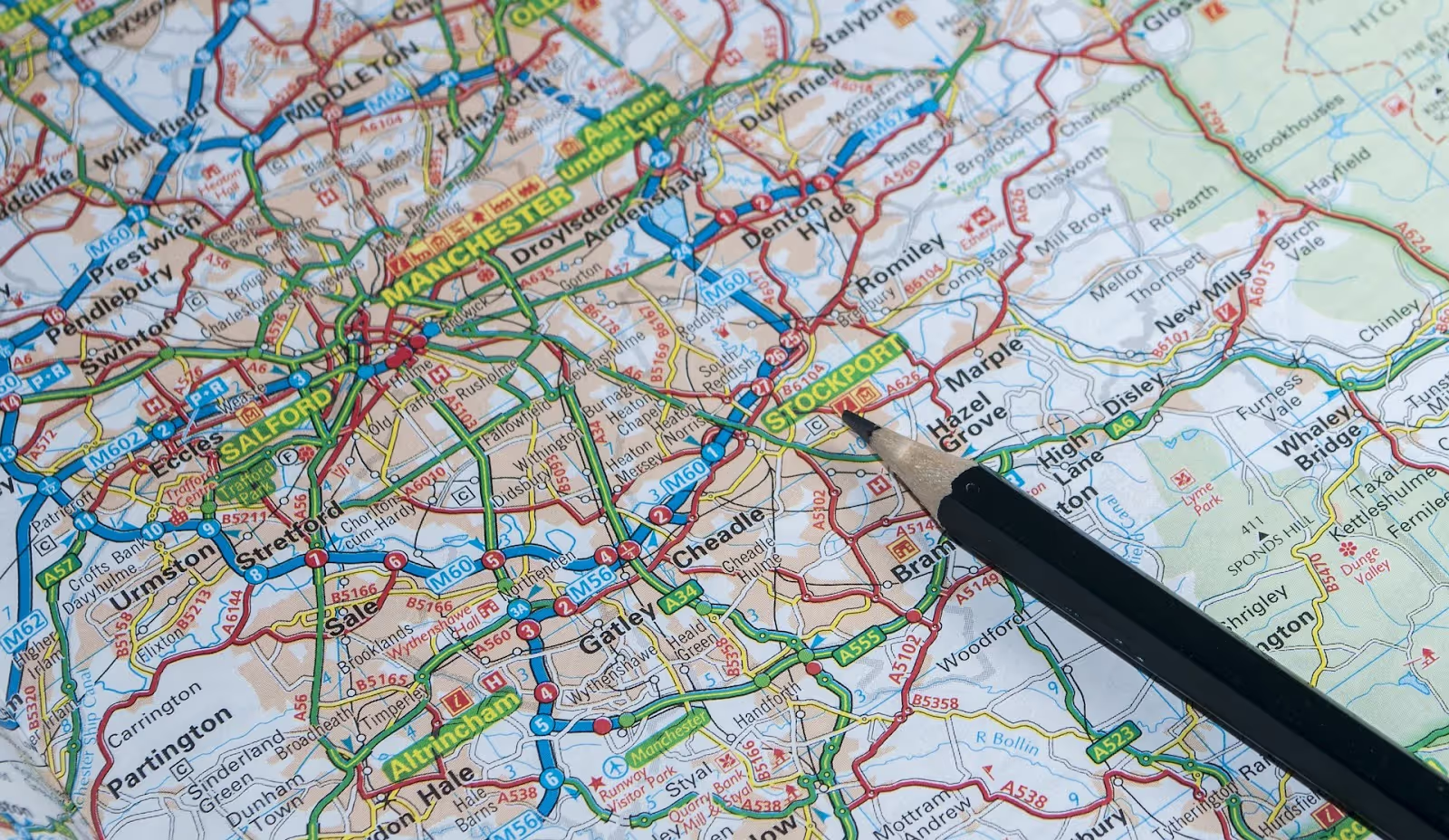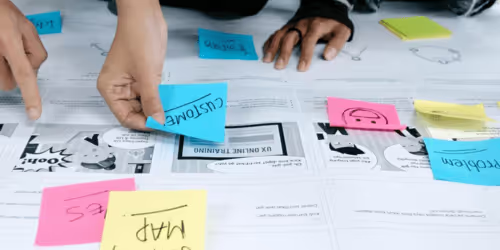New employee journey maps can take time to develop. But when adding more smiley faces isn’t enough, how do you get an employee journey map to work better for your organization?
The concept of employee experience maps has been gaining traction as a way to boost employee engagement and improve your onboarding process.
The template follows a pretty straightforward path from hiring, through training, and eventually exiting, but it’s the way you use these maps that makes them valuable.
You know your workers will have training at a particular stage, but how helpful is it? Do you see an increase in turnover at any stage? These are the types of questions your employee journey maps should help you answer.
Why use an employee journey map?

An employee journey map can be a helpful tool for improving the employee lifecycle. This concept visualizes the entire employee experience through your organization, from onboarding until their last day.
There are a few different ways to name each stage of the journey, but every employee experience map follows the same basic flow:
- Recruitment and hiring
- Onboarding
- Engaging and training
- Development
- Progress and performance
- Exit or offboarding
These employee journey touchpoints describe the main stages a worker might be at within the company.
You can track the average time it takes to complete each step, assign different training and feedback for different stages, and look for patterns within your journey maps.
An employee journey map can help with engagement as you can better address the needs and concerns a worker will have by knowing where they stand in the organization.
Making the most of this tool will help you actually get some use from it.
How to make a better employee experience journey map

Don’t worry. Not all good employee experience journey maps lead to Manchester. They just have to lead to happier workers.
Whether you already use an employee journey map template or are just starting to look into the idea, there are some steps you can take to make your maps work better.
They are the following:
- Create different maps for different roles. The map for a frontline manager will look different from a warehouse worker, with different training and onboarding for each position. Depending on your organization, you may need a few maps or a few dozen.
- Analyze your employee journey maps and look for patterns. Do many employees have trouble at the same part of the training? That may become more obvious when you compare maps and visualize the issue at hand.
The latest report from the Bureau of Labor Statistics shows an average tenure of 4.1 years, and 22% of workers had been with their current employer for a year or less.
Looking up industry-specific numbers can help you further pinpoint areas to focus on when planning out your journey maps.
- Time feedback to the stage in the journey your employee is at. Look for onboarding feedback while the process is still fresh in their mind.
Provide appropriate feedback to your employees as well. Let them know how they’ve improved after training, or likewise what they could concentrate a bit more on. - Remember, journey maps are a tool that can help predict how an employee’s experience will look, but it’s not set in stone. There can be unexpected events that change their journey map.
Like a global pandemic that reduced working hours by 17.3% in 2020. Most of us are still trying to get back on track after that one. - Make sure your organization learns from the tool. These aren’t coloring book pages for employees to fill in while HR processes their paperwork. Learn from them.
Did you know only 12% of employees strongly agree their company did a good job at onboarding?
Using an employee journey map, you can analyze your new hires at this stage and see why they might feel that way.
Wrapping up — Making employee journey maps better for your workers
Employee journey mapping is one of those tools with lots of potential. It can help you improve different processes in your organization, increase employee engagement, and create an easy-to-follow workflow for various roles.
Or you can spend an entire quarter making everyone fill these in and then promptly lose them in a subfolder that was last opened three years ago.
Just keep in mind that creating an employee journey map is the first step. You also need to make it easy to access for employees and have them provide feedback.

